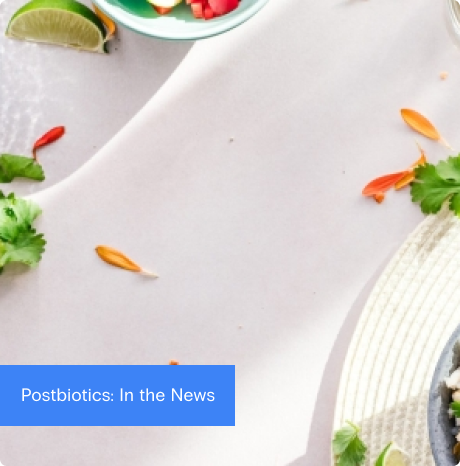Microbiome diversity
Microbiome diversity is a critical factor related to overall health. Microbiome diversity refers to the number of different strains of bacteria present in the intestinal tract. Numerous studies report that a more diverse microbiome equates to better health.9,10 A more diverse microbiome promotes better health because different strains probiotic bacteria produce different kinds of postbiotic metabolites. In all types of ecosystems, such as lakes, forests, grasslands and the human microbiome, greater diversity equals greater balance, strength and resilience.11
A Healthy Microbiome: Two Pieces to the Puzzle
The ONLY way you can achieve a diverse microbiome is to consume a diverse range of fiber-containing foods. Dietary fiber is the food for your probiotic bacteria. Different strains of bacteria require different types of fiber, which results in the production of a diverse range of postbiotic metabolites. Thus, it takes more than probiotic bacteria to create and maintain a healthy microbiome. It takes bacteria + fiber. If you don’t learn how to feed your probiotic bacteria well, they will not thrive and survive.
Ingesting Probiotics vs Postbiotics
Commercial probiotic products simply contain one or several strains of probiotic bacteria that are delivered in a capsule, tablet or in foods such as yogurt or kefir. However, in order to be effective, those bacteria must survive transit through the harsh acidic environment in the stomach. Then, when they arrive in the small intestines, they must locate fiber-rich foods and begin the process of digesting/fermenting those fibers into postbiotic metabolites. This process takes a substantial amount of time. And, remember, most Americans don’t consume nearly enough fiber-containing foods, which compromises the probiotic bacteria’s ability to produce postbiotic metabolites.





